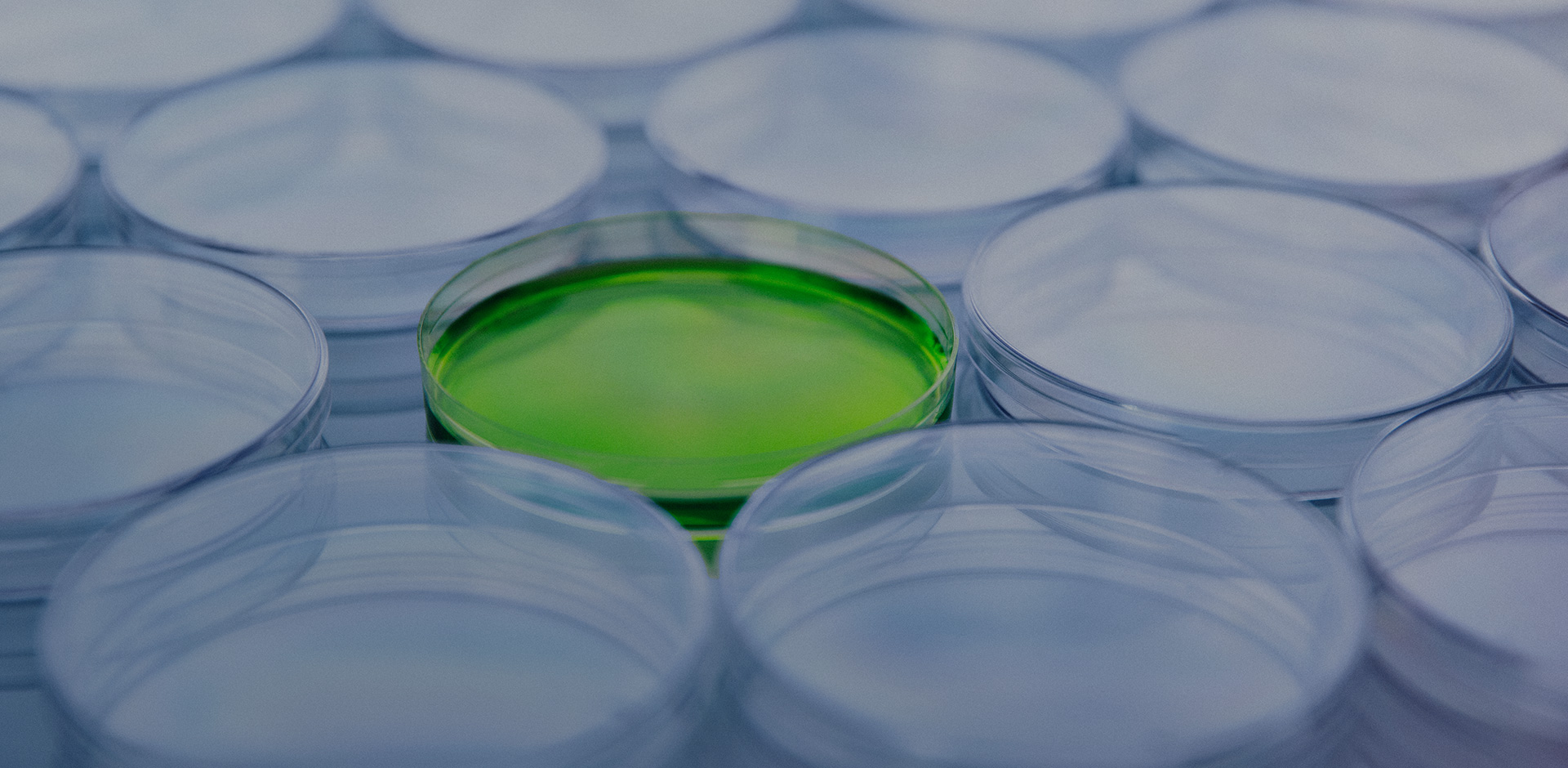25-(OH)-Vitamin D3
Immunoradiometric assay for quantitative determination of 25 OH Vitamin D3 in human serum
Summary
-
KFDA Registration No
21-4886
-
CAT No
RF 28
-
TEST METHOD
IRMA
-
SAMPLE VOLUME
50uL
-
INCUBATION TIME
90'RT
-
STD RANGE
30 ~ 150 ng/mL
Download File
Intended Use
Intended Use
Immunoradiometric assay for quantitative determination of 25 OH Vitamin D3 in human serum
Introduction
Vitamin D is unique because it can be synthesized in the skin from exposure to sunlight. It is also a fat soluble vitamin that is naturally present in very few foods, added to others, and available as a dietary supplement. Vitamin D obtained from sun expos ure, food, and supplements is biologically inert and must undergo two hydroxylations in the body for activation. The two major forms, vitamin D3 and vitamin D2, are transported in the blood to the liver, where they are metabolized to 25 hydroxvitamin D3 [2 5(OH)D3, also known as calcifediol or calcidiol] and 25 hydroxvitamin D2 [25(OH)D2], respectively.
Both of these 25(OH)D metabolites, are converted in the kidneys to its active form1α,25 dihydroxyvitamin D [1,25(OH)2D] , also known as calcitriol. Vitamin D2(ergocalciferol) is of yeast fungal/plant origin, whereas vitamin D3 (cholecaciferol) isderived from animals. In addition, vitamin D3 is natural form of vitamin D produced in human skin after exposure to solar ultraviolet B radiation. Vitamin D promotes calcium absorption in the gut and maintains adequate serum calcium and phosphate concentrations to enable normal mineralization of bone and to prevent hypocalcemic tetany. It is also needed for bone growth and bone remodeling by osteoblasts and osteocla sts. Without sufficient vitamin D, bones can become thin, brittle, or misshapen. Vitamin D sufficiency prevents rickets in children and osteomalacia in adults. Together with calcium, vitamin D also helps protect older adults from osteoporosis.
In the clinical practice, the measurement of total 25(OH)D or 25(OH) D3 is standard measurement for vitamin status due to its longer half life and stability (25 days) and the relative abundance in serum.
Principle of the Assay
The RIAKEY 25 OH Vitamin D3 RIA Tube is based on a competitive radioimmunoassay The 25 OH vitamin D 3 present in the sample is separated from the vitamin D3 binding protein by the sample releasing solution, and is immobilized at the binding site of the antibody adsorbed to the tube in the first reaction. After aspiration step, the unbound material is removed T hen BSA conjugated Vitamin D 3 labeled with 125 I is added to react. In this step , 25 OH vitamin D 3 , labeled with 125 I, binds to the unbound antibody in the tube to form an antigen antibody complex. After the reaction, the unbound material is removed in the washing steps , and the concentration is calculated after measuring the amount of radioactivity using a gamma counter. The degree of binding will be inversely proportional to the sample/calibrator concentration.
Use Precaution
Be careful when handling all samples, reagents, or devices used in the test as they may be the source of infection.
All reagents, human body samples, etc. are handled at the designated location.
- Do not use mixed reagents from different lots.
- Do not use reagents beyond the expiration date.
- Use distilled water stored in clean container.
